May 28, 2025 | 14:47 GMT +7
May 28, 2025 | 14:47 GMT +7
Hotline: 0913.378.918
May 28, 2025 | 14:47 GMT +7
Hotline: 0913.378.918
We visited Quang Tien Commune (Ba Don Town, Quang Binh) at the conclusion of the summer-autumn agricultural season. Stumps and the traces of the harvester were present in the fields where the harvested plots were located.
Mr. Tran Dinh Trung, a farmer from Tien Son Hamlet, stood in his field, observing the harvester as it moved back and forth in anticipation of loading the rice sacks onto the concrete road adjacent to the field. Approximately one hectare of land is under the control of his family in a cooperative production initiative with a company, according to Mr. Trung.
Song Gianh Corporation, the partner company, notified the farmers at the beginning of the season that they would be introducing aerial equipment for seeding and fertilizing. This announcement aroused a mixture of excitement and curiosity among the farmers.

The aerial device spread organic pellets over the cooperative fields in Quang Tien Commune. Photo: T. Phung.
Following the leveling of nearly ten hectares of fields, the time for sowing had arrived. In the early hours of the morning, a large number of farmers convened at the field's border to observe and acquire knowledge regarding the aerial equipment, seeding techniques, and the quantity of seed necessary.
"We had previously observed aerial seeding on television; however, this is the first time we have observed it in person. It is so rapid that we can now sow only 4-5 kg per 500 m², as opposed to the previous 7 kg. We are already earning a profit by reducing our reliance on labor and seed".
According to Mr. Trung, the farmers are exceedingly enthusiastic about it. Fertilization emerged subsequent to sowing. The farmers refer to the aerial device as "the airplane" and place organic fertilizer pellets into its "belly."
The drone immediately lifted off, descending to the precise height necessary to apply fertilizer to the fields. Several tons of fertilizer were applied to the rice terraces in a single morning. Mr. Trung and other producers determined that manually applying fertilizer would have necessitated numerous hours of labor.
"Currently, it is exceedingly rapid, and we conserve an immense amount of labor.This is what they mean by 'fields without footprints.'" Mr. Trung was ecstatic every time he accompanied his fellow cultivators to the fields. The rice was verdant and luxuriant. The moment they had been anticipating had finally arrived. This year was the most abundant summer-autumn rice crop they had ever observed. The sun reflected off the long rice stems, which were laden with ripe grains", Mr. Trung jokingly stated.
In the dried fields, Mr. Trung followed the harvester in short segments. As the harvester reached the edge to unload its bags of full rice, Mr. Trung helped load them onto a tractor for transportation to the collection point, where Song Gianh Corporation was purchasing fresh rice at a high price.
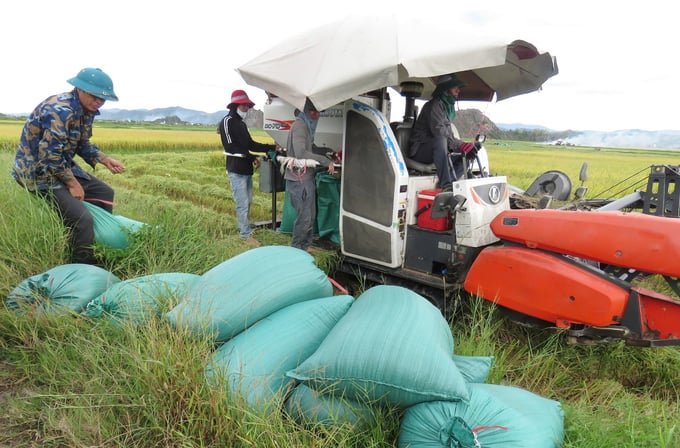
The first summer-autumn crop in which technology was applied to production brought a bountiful harvest and high prices, resulting in significant profits for the farmers. Photo: T. Phung.
As the harvester moved along, Mr. Trung enthusiastically told everyone, "There’s never been a summer-autumn crop as successful as this year. The yield is probably over 7.5 tons per hectare. This season, we saved on seeds, labor for seeding, and fertilizing, so the farmers are making a big profit."
At the fresh rice purchasing point in the field, the farmers were helping to weigh the rice with company staff. Mr. Tran Minh Truc, the deputy head of Tien Son hamlet, was also assisting with the weighing and recording.
After weighing all the rice from his family's plots, Mr. Truc did some quick calculations and said loudly for everyone to hear, "It's accurate! After deducting expenses, each hectare brings in an average profit of over 30 million VND. We’ve never had a summer-autumn crop where drones did the work of people, and we got both a good harvest and good prices like this."
Ba Don Town has a total rice production area of about 2,600 hectares, with around 500 hectares involved in the organic-oriented cooperative production program.
During a field visit to oversee the integration of high technology into production, Mr. Dinh Thieu Son, Chairman of the Ba Don People's Committee, said that the local government continues to direct efforts to strengthen supply chain linkages and develop clean rice farming areas, based on the introduction of science and technology to assist farmers.
“We are encouraging businesses to collaborate with farmers to produce rice organically. On this basis, we are promoting farmers’ proactive engagement with and mastery of technology in production, such as using drones for seeding, fertilizing, and spraying pesticides. This will gradually lead to mechanized production and the expansion of 'fields without footprints' in the area,” Mr. Dinh Thieu Son emphasized.
Translated by Linh Linh
/2025/05/27/4731-2-223159_980.jpg)
(VAN) No votive paper, no styrofoam, no plastic bags, no plastic bottles, and no single-use plastic trays are the key rules tourists should keep in mind when visiting Con Dao.
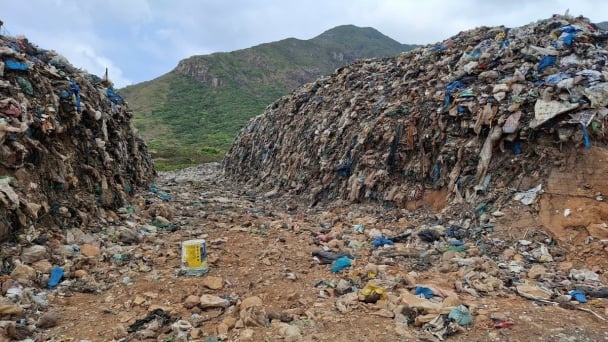
(VAN) In the fight against plastic pollution, Vietnam has been demonstrating a proactive, pioneering, and active role in addressing the greatest environmental challenge today.
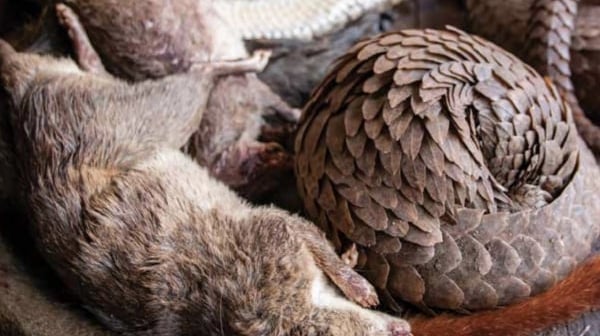
(VAN) The WOAH guidelines provide a vital tool for risk chain analysis, covering the extraction, transportation, consumption, and handling of confiscated wildlife.
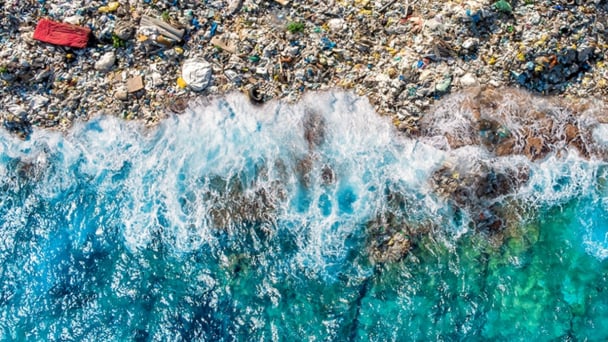
(VAN) World Environment Day 2025 is launched by the United Nations Environment Programme (UNEP) with the theme 'Beat Plastic Pollution'.
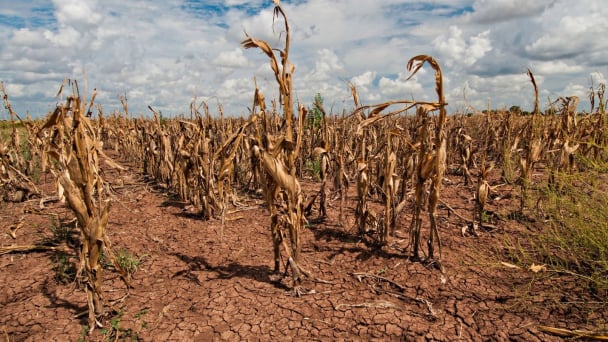
(VAN) As climate whiplash reshapes yields, experts say data-driven tools and targeted relief are critical to feed America.
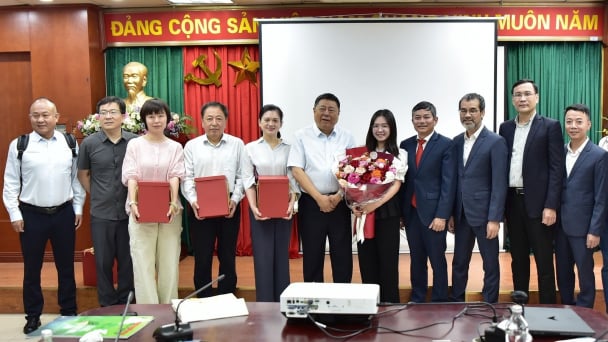
(VAN) The alignment in goals and operational direction between the Vietnam Agriculture and Nature Newspaper and Shaanxi Daily opens up promising prospects for journalism and media cooperation.
/2025/05/26/3422-3-102748_432.jpg)
(VAN) Prime Minister Pham Minh Chinh has been honored as the Distinguished ASEAN Leader at the ASEAN Leadership and Partnership Forum (ALPF) 2025 held in Malaysia, affirming Vietnam’s role and reputation.